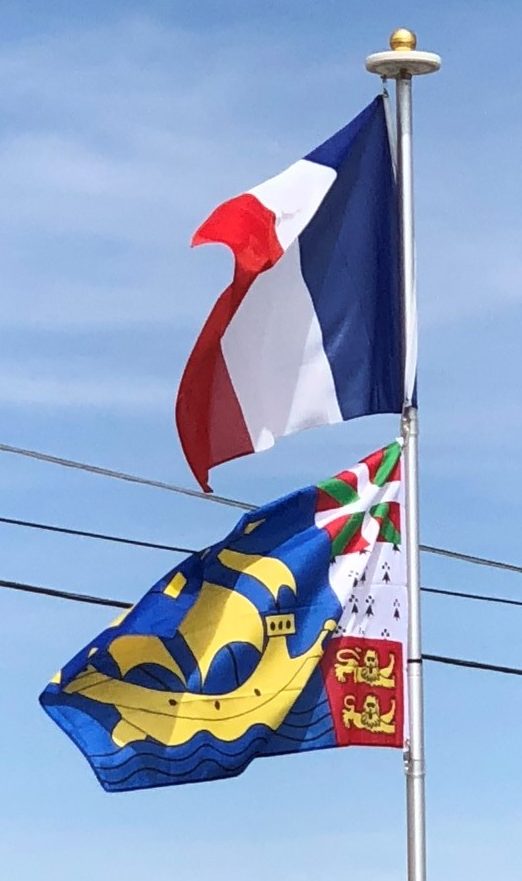St. Pierre and Miquelon are the sole surviving remnants of what were once were large French holdings in the New World, as North America was known shortly after its discovery. New France contained much of eastern Canada and most all of the drainage basin of the Mississippi River, or in other words, most all of the American midwest and heartland.
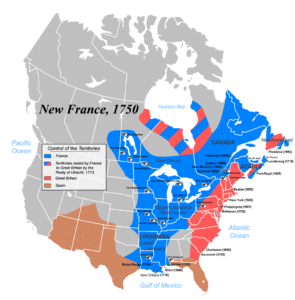
The French were after furs rather than seeking to actively colonize the land, so they had generally good relations with the local native peoples, with whom they worked extensively in the fur trade. The French were interested in the cod banks off Newfoundland, much of which they controlled anyway, and a part of that fishing empire were the two smallish islands located just off the Burin Peninsula of Newfoundland,
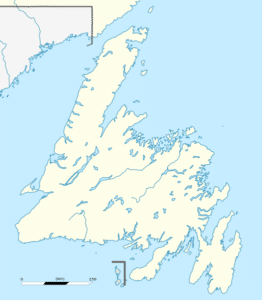
Saint Pierre and Miquelon, with Miquelon being by far the larger but always the least populated.
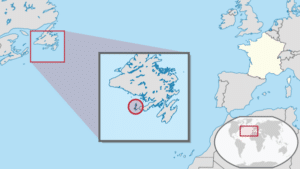
The 1713 Treaty of Utrecht resulted in France relinquishing its claims to what is now Canada. The Seven Years’ War (known as the French and Indian War in North America and especially the United States) ended France’s and its First Nations’ control of the New France territory. The 1763 Treaty of Paris transferred the rest of New France, except the islands of Saint Pierre and Miquelon, to Great Britain and Spain. Britain now ruled Canada, Acadia, and the parts of French Louisiana which lay east of the Mississippi River. In 1800, Spain returned its portion of Louisiana to France under the secret Treaty of San Ildefonso. However, French leader Napoleon Bonaparte in turn sold it to the United States in the Louisiana Purchase of 1803, permanently ending French colonial efforts on the North American mainland.
It is not entirely clear to me why France would have bothered to retain the small islands of Saint Pierre and Miquelon, but they did. The current reasoning, and a hard fought treaty with Canada regarding boundaries, has everything to do with Exclusive Economic Zones in the waters which surround the islands, and perhaps that was always the point, to retain a foothold in some of the, formerly, greatest fishing areas known to the world, prior to the collapse of them due to rampant overfishing.
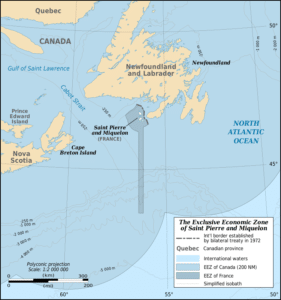
The first European to land on the islands was the Portuguese explorer João Álvares Fagundes who made landfall in October 1520. In 1536 by Jacques Cartier claimed the islands on behalf of the King of France. Although the island were frequently visited by native peoples and European fishermen, they were not permanently settled until the late 17th century, with four permanent inhabitants counted in 1670 and 22 in 1691.
By the early 1700s, the islands were again uninhabited, and were ceded to the British by the Treaty of Utrecht. Under the terms of the Treaty of Paris (1763), which put an end to the Seven Years’ War, France ceded all its North American possessions, but Saint-Pierre and Miquelon were returned to France.
